Home>Articles>What Dining Room Table Color Goes With Oak Floors
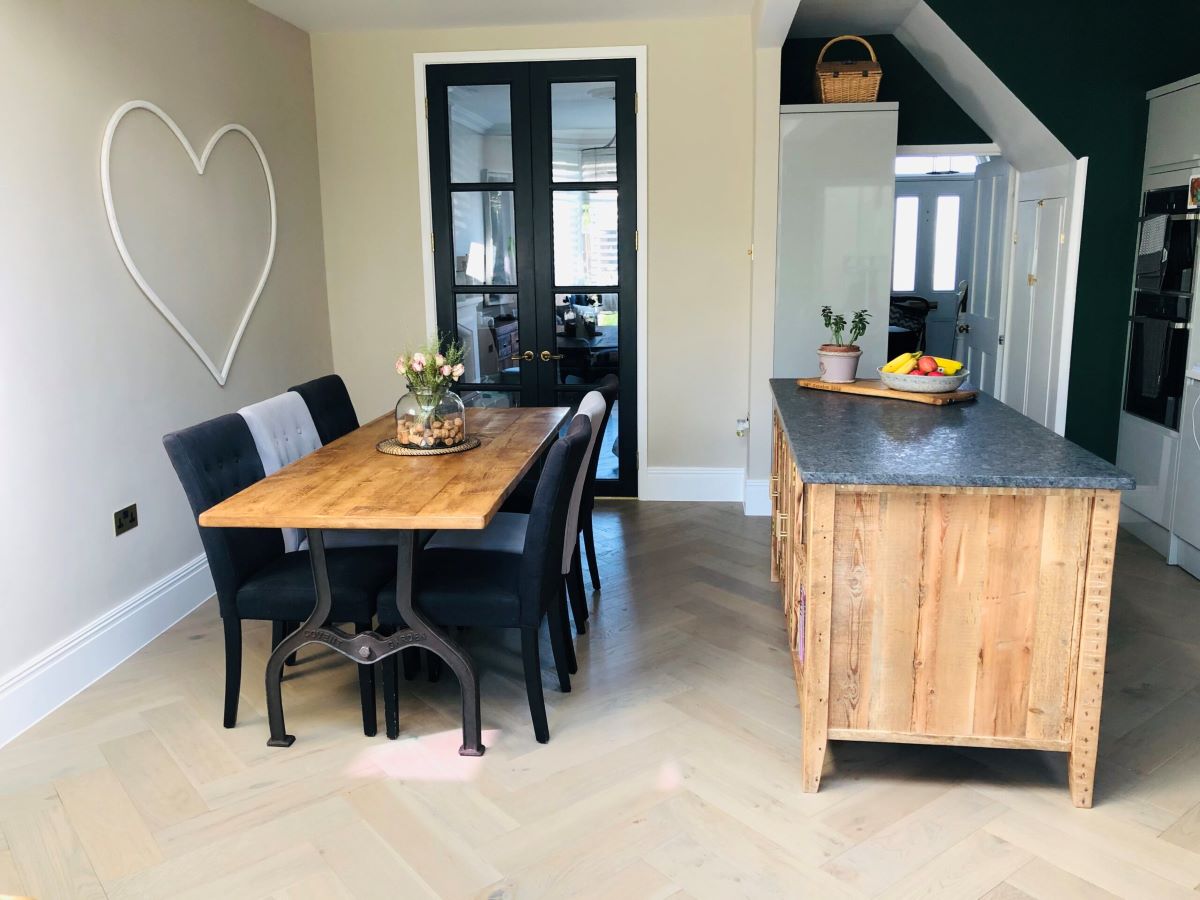

Articles
What Dining Room Table Color Goes With Oak Floors
Modified: December 7, 2023
Looking for articles on what dining room table color goes with oak floors? Find expert advice and inspiration to complement your oak floors with the perfect table color.
(Many of the links in this article redirect to a specific reviewed product. Your purchase of these products through affiliate links helps to generate commission for Storables.com, at no extra cost. Learn more)
Introduction
Choosing the right color for your dining room table can make a significant impact on the overall aesthetics and ambiance of your space. When you have oak floors, it’s essential to select a table color that complements the warm and natural tones of the wood. With a wide range of options available, finding the perfect match can seem daunting. However, with a little guidance, you can confidently select a dining room table color that will enhance the beauty of your oak floors.
Oak floors are known for their rich, warm tones and natural beauty. They often have varying shades of brown, from light honey to deep mahogany. The grain patterns of oak impart a distinctive character to the floors, adding texture and depth to any room. Whether you have light or dark oak floors, choosing the right color for your dining room table will create a harmonious and cohesive look.
When selecting a dining room table color, you have several options to consider. Each one has its own unique advantages and can transform the look and feel of your space. From natural wood tones to bold and striking colors, let’s explore some of the best choices for your oak floors.
Key Takeaways:
- Embrace the natural warmth of oak floors by choosing a dining room table color that complements the wood’s undertones, creating a harmonious and inviting space.
- Explore a range of dining room table color options, from timeless natural wood tones to bold and striking choices, to elevate the aesthetic of your dining area and reflect your personal style.
Understanding Oak Floors
Oak floors are a popular choice for many homeowners due to their durability, timeless appeal, and ability to blend seamlessly with various interior styles. Oak is a hardwood known for its strength and resistance to wear, making it suitable for high-traffic areas like dining rooms. Additionally, oak floors can add warmth and elegance to any space.
One of the distinguishing features of oak floors is their natural grain patterns. The grain is the pattern created by the growth rings in the wood, which gives oak a unique and attractive look. Oak typically has a pronounced grain, with swirls, knots, and different shades of color that add character to the flooring.
Another aspect of oak floors to consider is their color variations. Oak can range from light to dark shades of brown, depending on the species and the stain used. Light oak floors have a honey or golden tone, while darker oak floors have a deeper, richer hue.
Before choosing a dining room table color, it’s essential to assess the specific shade and undertone of your oak floors. Consider the overall color scheme of the room and the level of contrast you want to achieve. Understanding the characteristics of your oak floors will help guide you in selecting the perfect dining room table color that complements and enhances the natural beauty of the wood.
It’s also worth noting that oak floors tend to mellow and darken over time due to exposure to light and air. This natural aging process can influence the appearance of your floors, so keep this in mind when choosing a dining room table color. You may opt for a table color that complements the current shade of your oak floors or select one that will harmonize with the anticipated darkening of the wood.
Choosing the Perfect Dining Room Table Color
When it comes to selecting the perfect dining room table color to complement your oak floors, there are several factors to consider. The color of your table should harmonize with the natural tones of the wood while also aligning with your personal style and the overall aesthetic of your space. Here are some key points to keep in mind:
- Consider the Undertones: Look closely at the undertones of your oak floors. Are they warm or cool? This will influence the color family you should choose for your dining room table. For warm undertones, opt for colors with warm undertones as well, such as shades of brown, red, or orange. For cool undertones, consider colors with cool undertones like gray, blue, or green.
- Contrast or Blend In: Decide whether you want your dining room table to create a contrast or blend in with the oak floors. If you prefer a cohesive look, choose a table color that is similar to the flooring, such as a natural wood tone. If you want to create a focal point and add visual interest, go for a table color that contrasts with the oak floors, such as a dark or light tone.
- Consider the Room’s Size and Lighting: Take into account the size and lighting of your dining room. Lighter table colors can make a small room feel more spacious and airy, while darker table colors can add drama and intimacy to a larger room. Additionally, consider the amount of natural light in the space. Lighter tables can enhance a room’s brightness, while darker tables can create a cozy ambiance.
- Personal Style and Preferences: Ultimately, your personal style and preferences play a significant role in selecting the dining room table color. Think about the overall aesthetic you want to achieve and what colors resonate with you. Whether you prefer a classic, rustic, modern, or eclectic style, there are table colors available to suit your taste.
By considering these factors and evaluating the unique characteristics of your oak floors, you can choose a dining room table color that harmonizes with the wood, complements the overall design of the room, and reflects your personal style.
Option 1: Natural Wood Tones
One of the most timeless and classic choices for a dining room table color is to embrace the natural wood tones that complement your oak floors. This option allows the beauty of the oak to take center stage, creating a harmonious and cohesive look.
If your oak floors have warm undertones, consider opting for a dining room table in a similar warm wood tone. Choose a wood species that closely matches the color and grain pattern of your oak floors, such as oak, walnut, or cherry. This will create a seamless flow between the floors and the table, enhancing the overall warmth and inviting nature of the space.
If your oak floors have cool undertones, you can still choose a natural wood tone for your table, but opt for a cooler wood species like maple or ash. These woods will complement the cool tones and add a touch of elegance to the room.
When selecting a natural wood tone for your dining room table, consider the level of contrast you want to achieve. Choosing a wood shade slightly lighter or darker than your oak floors can create a subtle contrast without overwhelming the space. Alternatively, you can go for a more dramatic contrast by selecting a significantly darker or lighter wood tone than your floors. This can create a striking and eye-catching focal point in the room.
A natural wood tone dining room table exudes warmth, sophistication, and a connection to nature. It adds a sense of timeless elegance to your dining area and can easily adapt to different decorating styles. Whether you prefer a traditional, rustic, or contemporary look, a natural wood tone table will effortlessly complement your oak floors and create a welcoming and inviting atmosphere.
Option 2: Dark Wood Tones
If you’re looking to make a bold statement and create a striking contrast with your oak floors, opting for a dining room table in a dark wood tone can be an excellent choice. Dark wood tones add drama, depth, and a touch of luxury to your space.
There are various dark wood options available, such as mahogany, ebony, or dark walnut, that can beautifully complement oak floors. These rich and deep hues create a strong visual impact and can create a stunning contrast against the lighter tones of the oak. The dark wood tone of the table becomes the focal point in the room, drawing attention and adding an element of elegance.
When selecting a dark wood tone for your dining room table, consider the size and lighting of the space. Dark tables can make a small room feel more intimate and cozy, while also adding a sense of grandeur to larger rooms. If your dining area is well-lit with natural light, a dark table can create a beautiful visual balance and enhance the overall ambiance.
To create a harmonious look, consider the undertones in your oak floors. If you have warm-toned oak floors, opt for a dark wood table with warm undertones, such as rich mahogany or dark cherry. For cool-toned oak floors, choose a dark wood table with cooler undertones, like espresso or ebony. This will ensure that the dark wood tone of the table effortlessly blends with the underlying tones of your oak floors.
Pairing dark wood tones with oak floors can create a captivating and sophisticated dining space. The contrasting elements work together to create a visually stunning environment that exudes elegance and refinement. Whether your style is traditional, modern, or eclectic, a dark wood tone dining table will add a touch of glamour and make a bold statement in your dining room.
Consider a dining room table in a warm, complementary color such as a rich brown or deep cherry to complement the natural tones of oak floors. This will create a cohesive and inviting look in your dining space.
Option 3: Light Wood Tones
If you’re seeking a more airy and contemporary look, opting for a dining room table in a light wood tone can create a fresh and inviting atmosphere. Light wood tones provide a sense of warmth, openness, and can beautifully complement your oak floors.
Light wood tones, such as maple, birch, or light oak, have a softer and more subdued appearance compared to darker wood options. They can help brighten up a space and create a sense of airiness, making them an excellent choice for smaller dining areas or rooms with limited natural light.
When selecting a light wood tone table, consider the undertones in your oak floors. If your oak floors have warm undertones, opt for a light wood tone with warm undertones as well. This creates a harmonious and cohesive look, with the oak floors and table complementing each other. If your oak floors have cool undertones, choose a light wood tone with cool undertones to create a visually pleasing balance.
Light wood tone tables also pair well with a variety of interior design styles. They can enhance a modern, Scandinavian-inspired look with their clean lines and minimalist appeal. Additionally, they work beautifully in coastal or beach-themed settings, adding a touch of natural elegance and creating a relaxed and breezy atmosphere.
To add visual interest and depth to your dining area, consider opting for a light wood tone table with interesting grain patterns or textures. This can create a focal point and add an element of uniqueness to your space.
Choosing a light wood tone dining room table to go with your oak floors creates a fresh and contemporary look. The combination of light wood and oak adds a warm and natural feel to your dining area, inviting family and guests to gather around the table for memorable meals and conversations.
Option 4: White or Cream Colors
If you’re looking to create a light and airy ambiance in your dining area, choosing a dining room table in white or cream colors can be a fantastic option. These colors provide a sense of freshness, cleanliness, and versatility, making them a popular choice for many homeowners.
White or cream-colored dining room tables create a sense of spaciousness and openness, making them particularly suitable for smaller dining areas or rooms that lack abundant natural light. These light-colored tables reflect light, making the space feel brighter and more inviting.
Pairing a white or cream-colored table with oak floors can create a stunning contrast. The bright and clean tones of the table beautifully complement the warm and natural tones of the oak. This combination creates a visually striking look that is both timeless and elegant.
When selecting a white or cream-colored dining room table, consider the specific shade. There are various shades of white and cream available, ranging from pure white to off-white and ivory. Choose a shade that complements the undertones of your oak floors. If your oak floors have warm undertones, opt for a white or cream with warm undertones as well. If your oak floors have cool undertones, choose a white or cream with cool undertones.
Furthermore, white or cream-colored tables offer great versatility in terms of interior design styles. They can seamlessly blend into a variety of aesthetics, whether it’s a modern, Scandinavian-inspired look or a classic, farmhouse-style dining area. These colors are also ideal for creating a coastal or beach-inspired vibe, evoking a sense of serenity and relaxation.
A white or cream-colored dining room table paired with oak floors creates a bright and inviting space that exudes elegance and charm. It is a fantastic option for those who appreciate a clean and contemporary look, while also allowing the natural beauty of the oak floors to shine through.
Option 5: Black or Dark Gray
For a sleek and sophisticated look, consider choosing a dining room table in black or dark gray. These dark and bold colors can create a striking contrast against your oak floors, adding drama and a touch of modern elegance to your dining area.
Black or dark gray dining room tables make a powerful statement in any space. They create a sense of depth and can anchor the room, becoming a focal point that draws the eye. These darker colors are particularly effective in larger dining areas or rooms with high ceilings, as they add a sense of intimacy and coziness.
Pairing a black or dark gray table with oak floors creates a beautiful contrast between light and dark elements. The warmth of the oak floors provides a rich backdrop for the darker table, enhancing its impact and creating a visually striking look.
When selecting a black or dark gray dining room table, consider the overall aesthetic of your space. If you prefer a more modern and minimalistic style, a sleek and glossy black table can add a touch of sophistication. Alternatively, for a more rustic or industrial look, a distressed dark gray table with a textured finish can create a unique and edgy atmosphere.
Keep in mind that black or dark gray tables may show fingerprints, dust, and scratches more easily compared to lighter-colored tables. However, if you are willing to put in the effort to maintain its appearance, a black or dark gray dining room table can be a stylish and bold addition to your space.
When styling a dining area with a black or dark gray table, consider incorporating lighter-colored elements, such as chairs, table linens, or decor items. This will help balance the overall look and prevent the space from feeling too heavy or overpowering.
Choosing a black or dark gray dining room table to complement your oak floors adds a touch of drama and sophistication to your space. It creates a striking visual contrast that is sure to impress and elevate the overall aesthetic of your dining area.
Option 6: Other Colors and Finishes
If you’re looking to add a pop of color or a unique touch to your dining area, there are various other colors and finishes to consider for your dining room table. These options allow you to infuse your personality and style into the space while still complementing your oak floors.
1. Bold Colors: Consider selecting a dining room table in a bold and vibrant color, such as vibrant blue, deep red, or sunny yellow. These colors can create a sense of energy and playfulness in your dining area, adding a distinct focal point. Make sure to choose a color that complements the undertones of your oak floors for a harmonious look.
2. Metallic Finishes: For a touch of glamour and modernity, opt for a dining room table with a metallic finish. Whether it’s a sleek silver, a luxurious gold, or a trendy rose gold, metallic finishes can add a touch of sophistication and create a statement in your space. The reflective nature of metallic finishes can also contribute to the overall brightness of the room.
3. Tonal Variations: If you prefer a more subtle approach, consider selecting a dining room table in a similar wood tone as your oak floors, but with slight tonal variations. For example, if your oak floors have warm undertones, choose a table with a similar warm wood tone but with slightly different hues or grain patterns. This creates a cohesive and harmonious look while adding visual interest and depth.
4. Two-Tone Designs: Another option to consider is a dining room table with a two-tone design. This involves incorporating multiple colors or finishes into the table’s design, such as a combination of light and dark wood tones or contrasting materials like wood and metal. Two-tone designs can create a visually appealing and dynamic look, providing a modern and trendy touch to your dining area.
5. Painted Finishes: If you prefer a more customizable option, consider a dining room table with a painted finish. This allows you to select a color that suits your personal style and desired aesthetic. Whether it’s a soft pastel, a vibrant jewel tone, or a rich earthy hue, painted finishes can add a unique and personalized touch to your dining space.
When exploring other colors and finishes for your dining room table, consider the overall style and color scheme of the room. Strive for a cohesive look that blends well with your oak floors and other decor elements. Experiment with different options and envision how they will enhance the overall ambiance and visual appeal of your dining area.
Conclusion
Choosing the perfect dining room table color for your oak floors can greatly enhance the overall look and feel of your space. By considering the natural characteristics of your oak floors, the undertones, and your personal style, you can select a table color that complements and enhances the beauty of the wood.
From the timeless and classic natural wood tones that create a seamless flow, to the bold and striking choices of dark wood tones or black and gray, the options are plentiful. Light wood tones can bring a fresh and contemporary vibe, while white or cream colors add a sense of brightness and versatility. If you’re feeling adventurous, consider adding a pop of color or a unique finish to make a statement in your dining area.
Remember to consider the size and lighting of your dining room, as well as the overall color scheme and aesthetic you want to achieve. By choosing a dining room table color that aligns with these factors, you can create a harmonious and visually appealing space.
The key is to strike a balance between complementing the oak floors and showcasing your personal style. Whether you prefer a classic and elegant look, a modern and sleek ambiance, or a bold and vibrant statement, there is a dining room table color that will suit your taste and elevate your dining experience.
Take the time to explore various options, consider the undertones, and envision how each color and finish will interact with your oak floors. With careful consideration and a touch of creativity, you can find the perfect dining room table color that transforms your dining area into a welcoming and visually stunning space.
Frequently Asked Questions about What Dining Room Table Color Goes With Oak Floors
Was this page helpful?
At Storables.com, we guarantee accurate and reliable information. Our content, validated by Expert Board Contributors, is crafted following stringent Editorial Policies. We're committed to providing you with well-researched, expert-backed insights for all your informational needs.
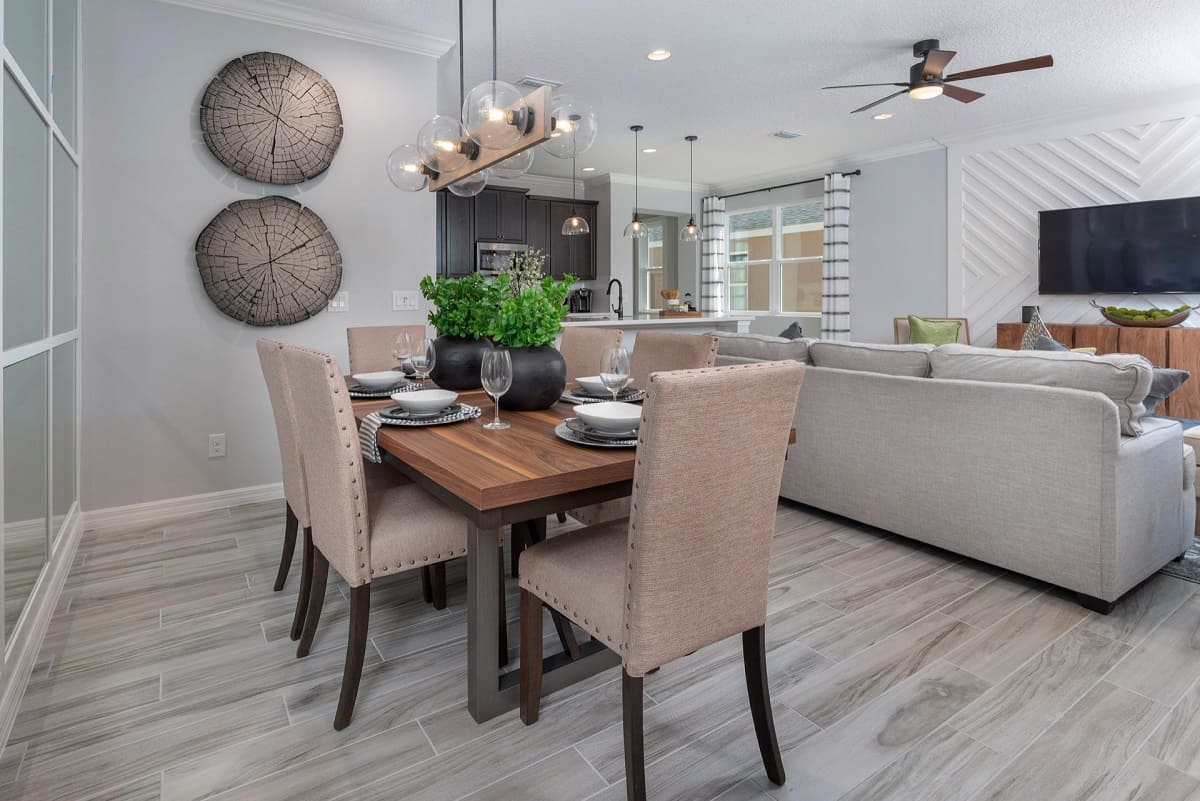
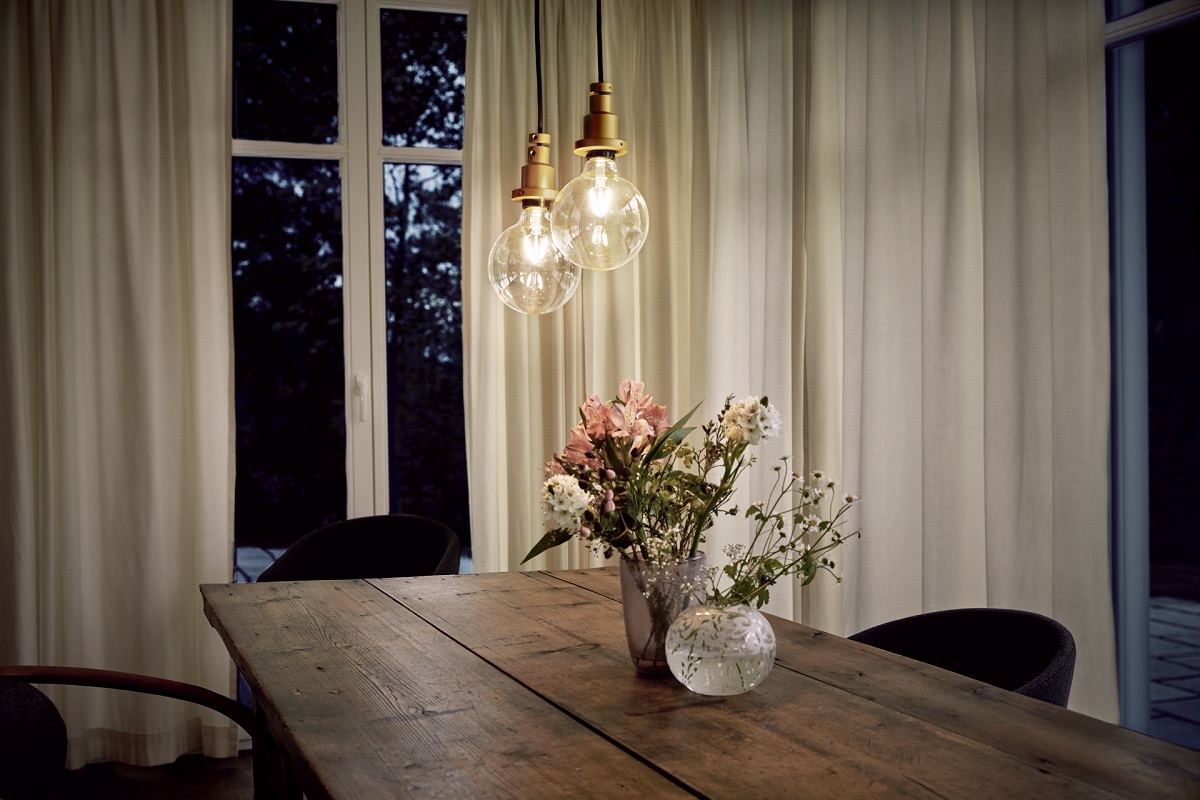
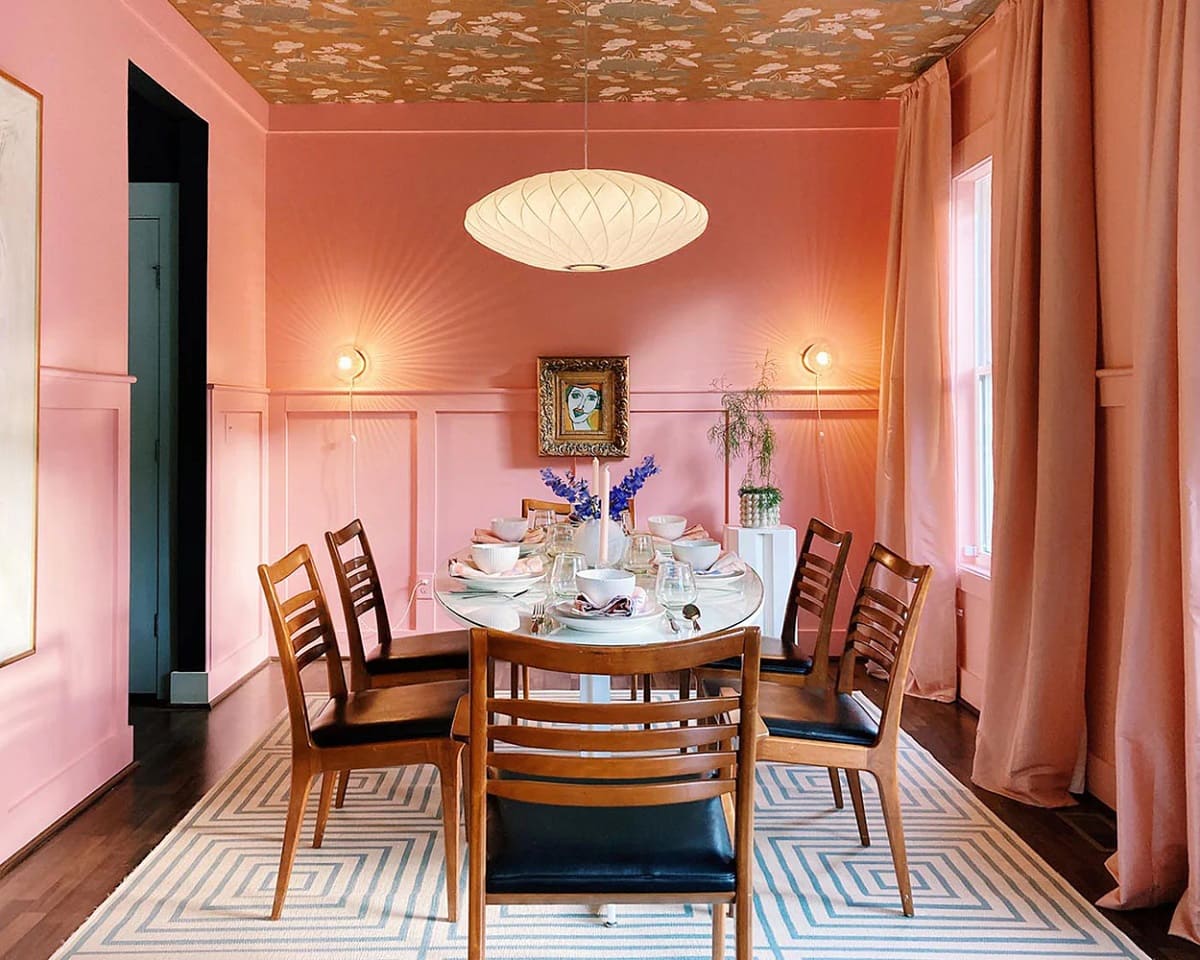
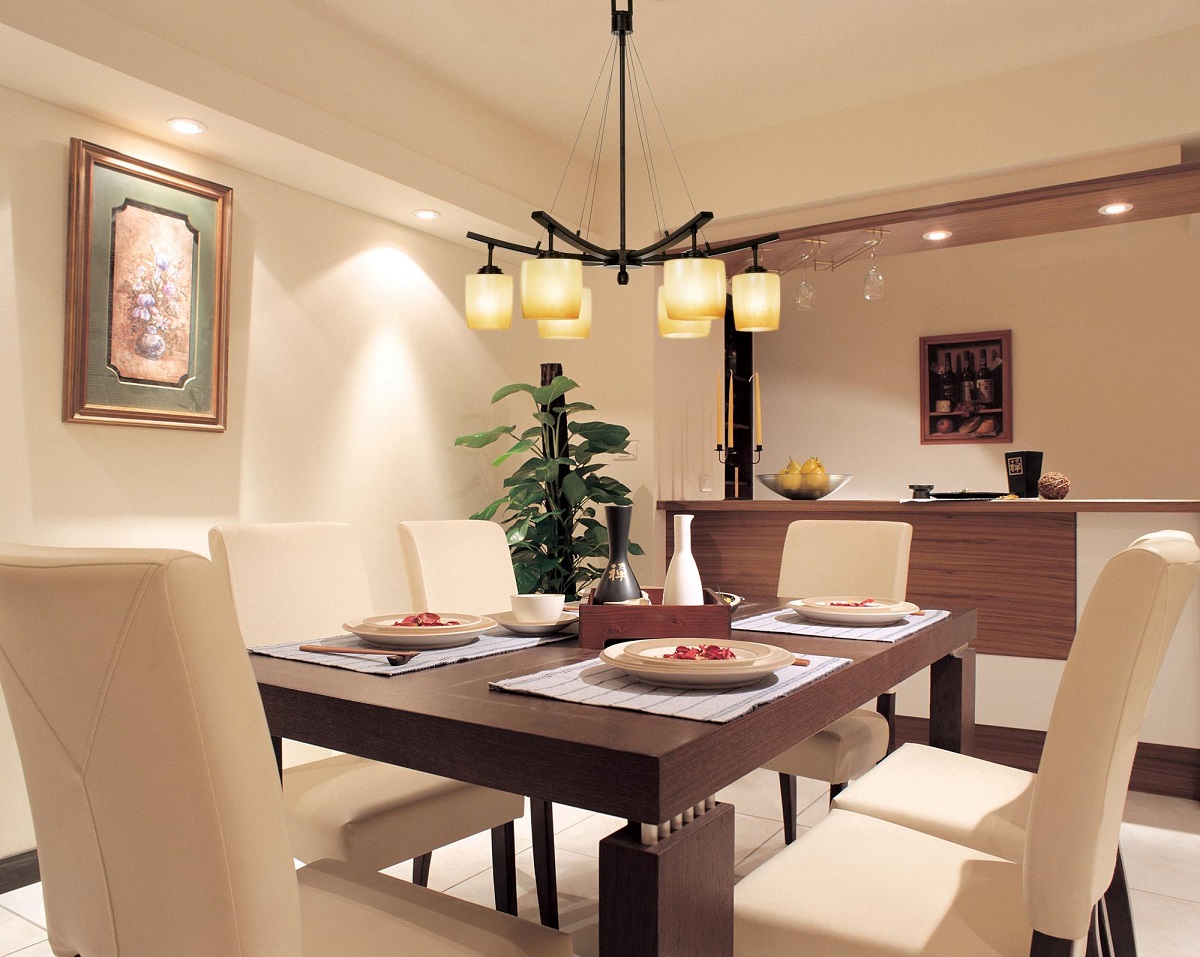
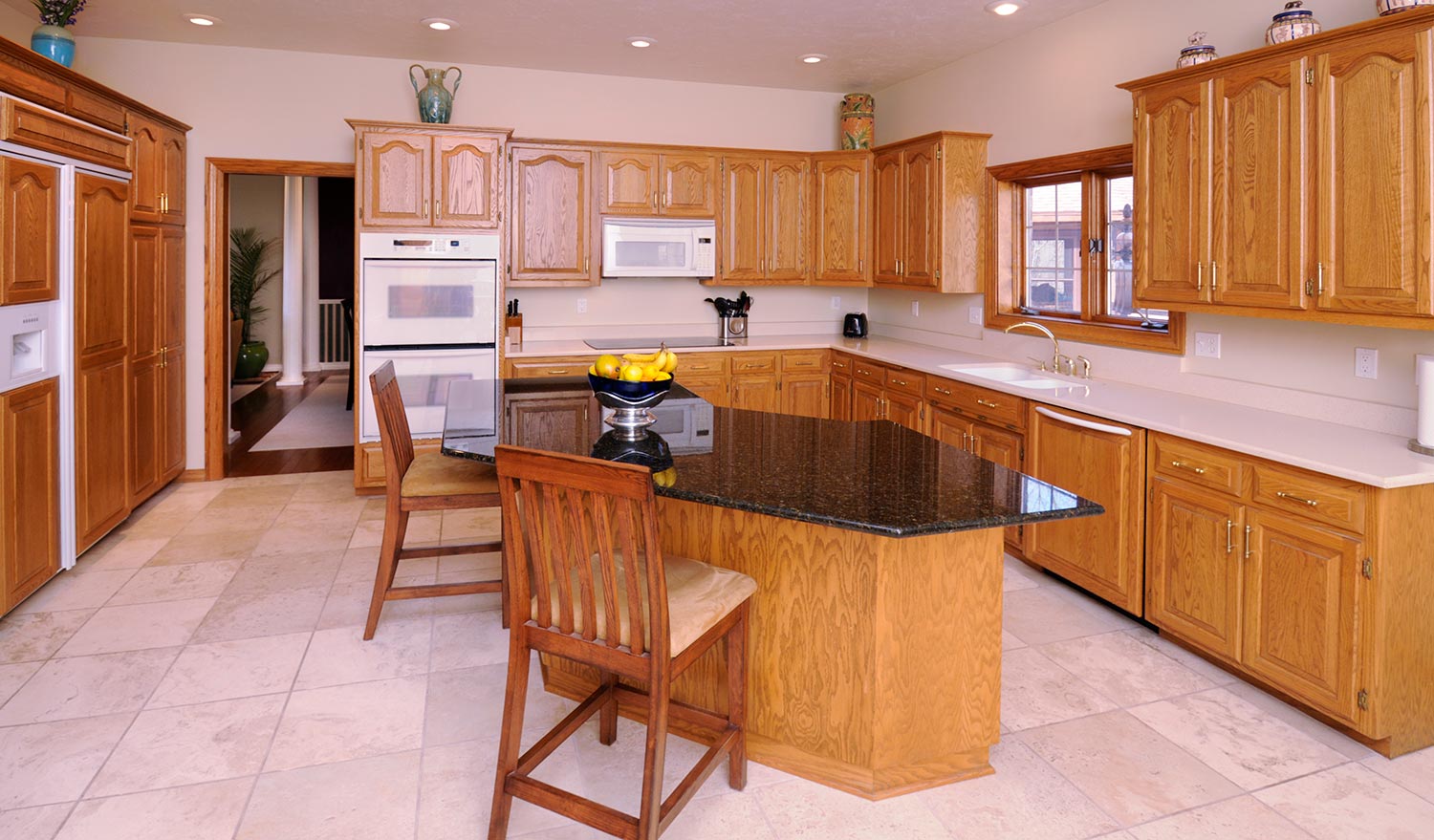
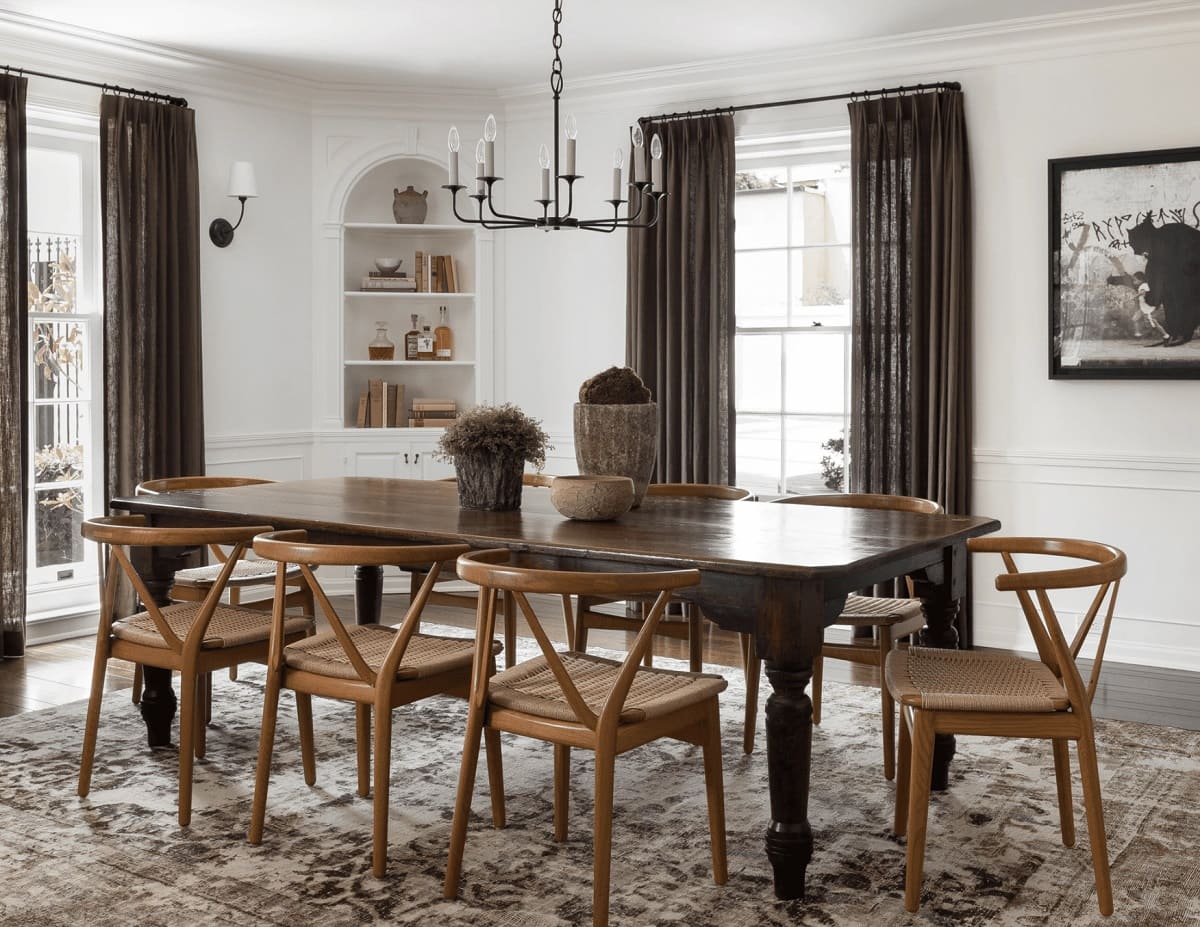

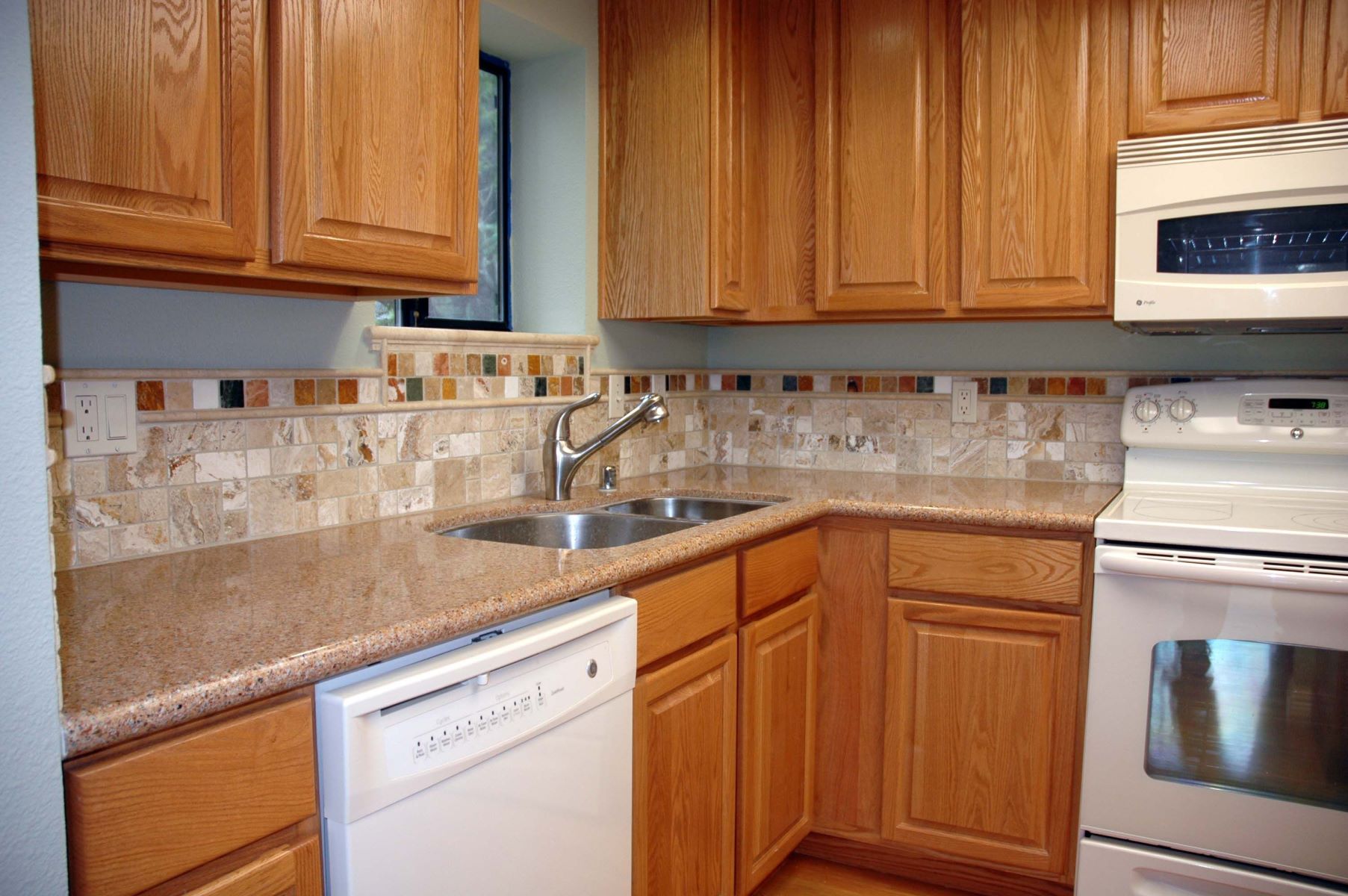
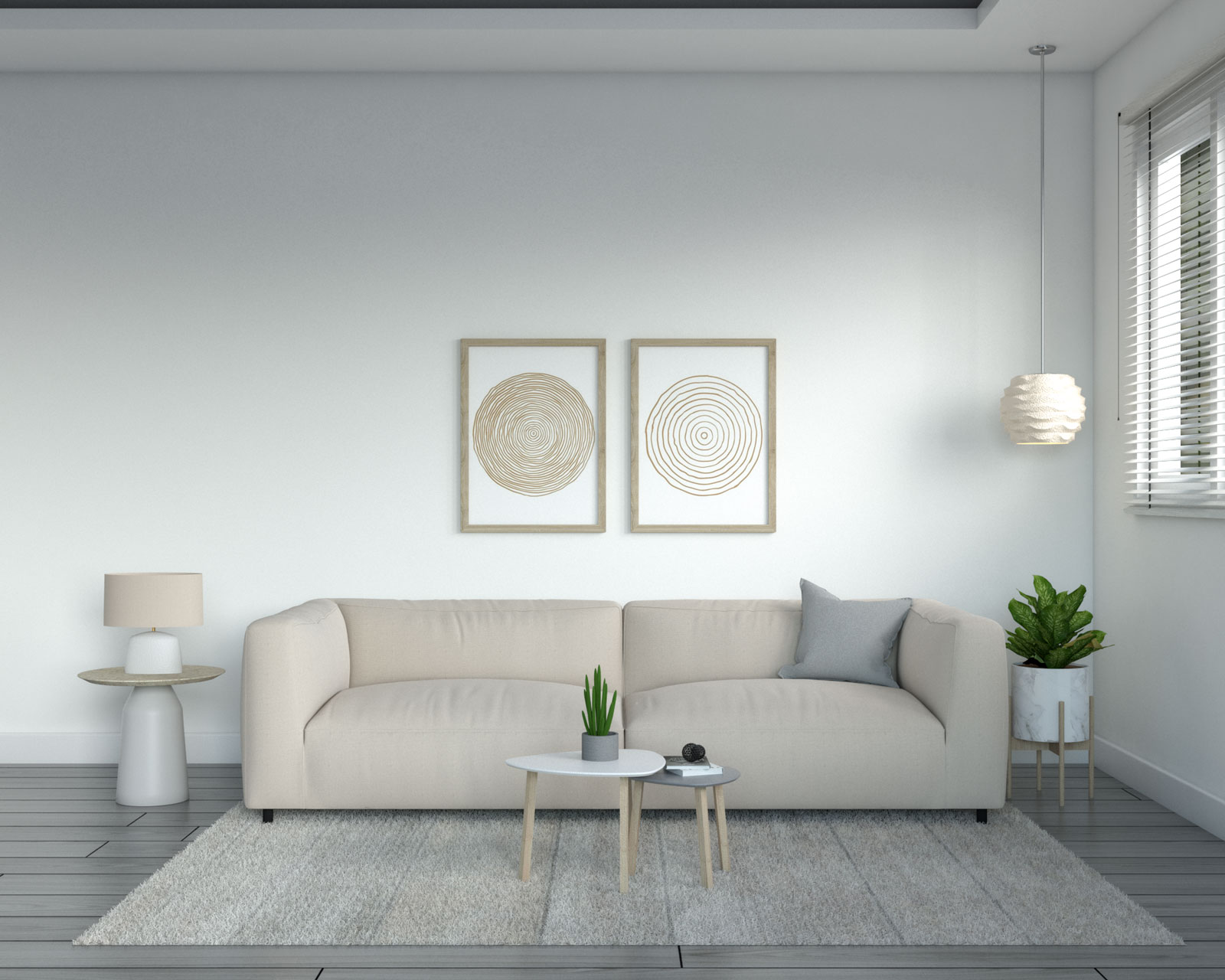
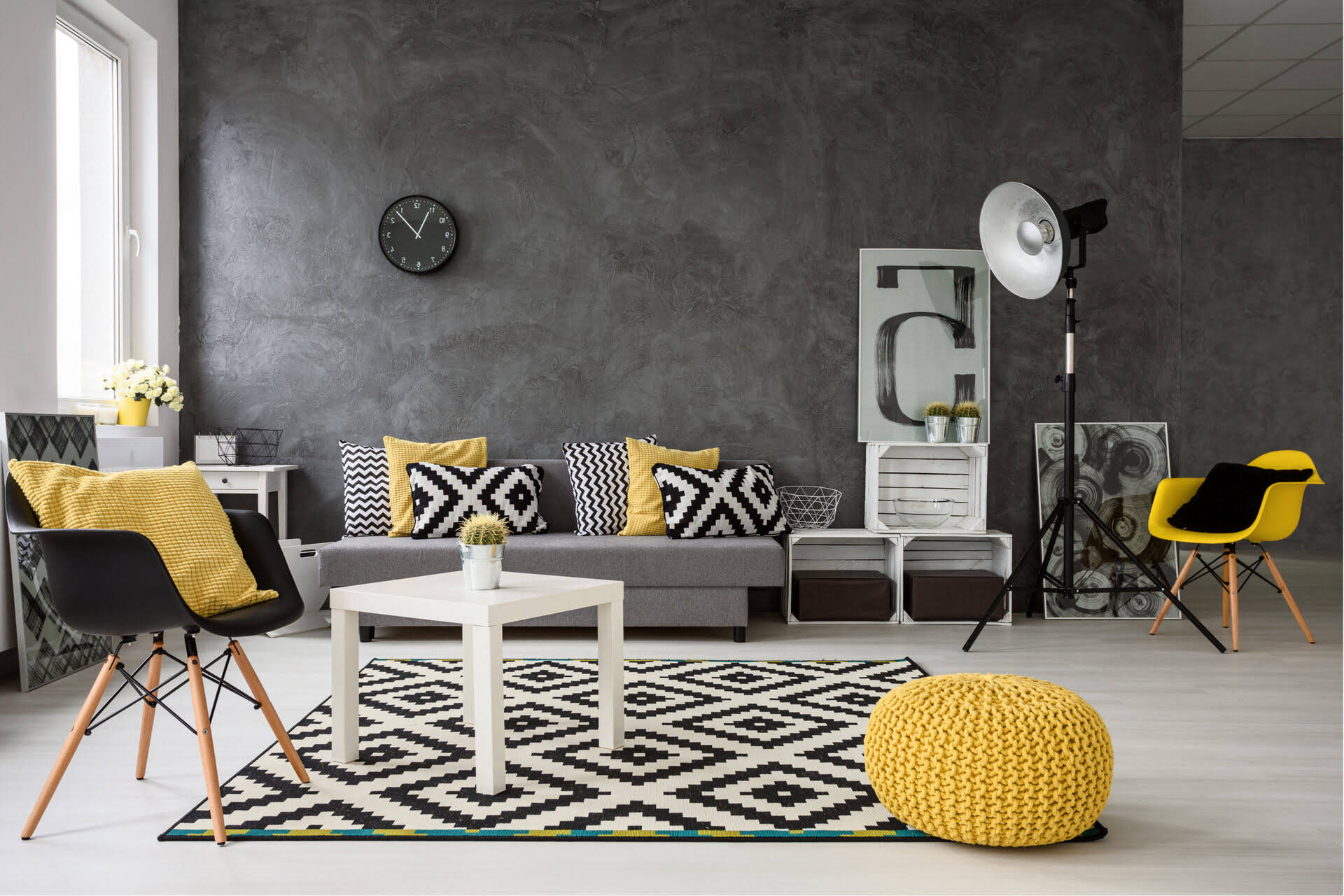
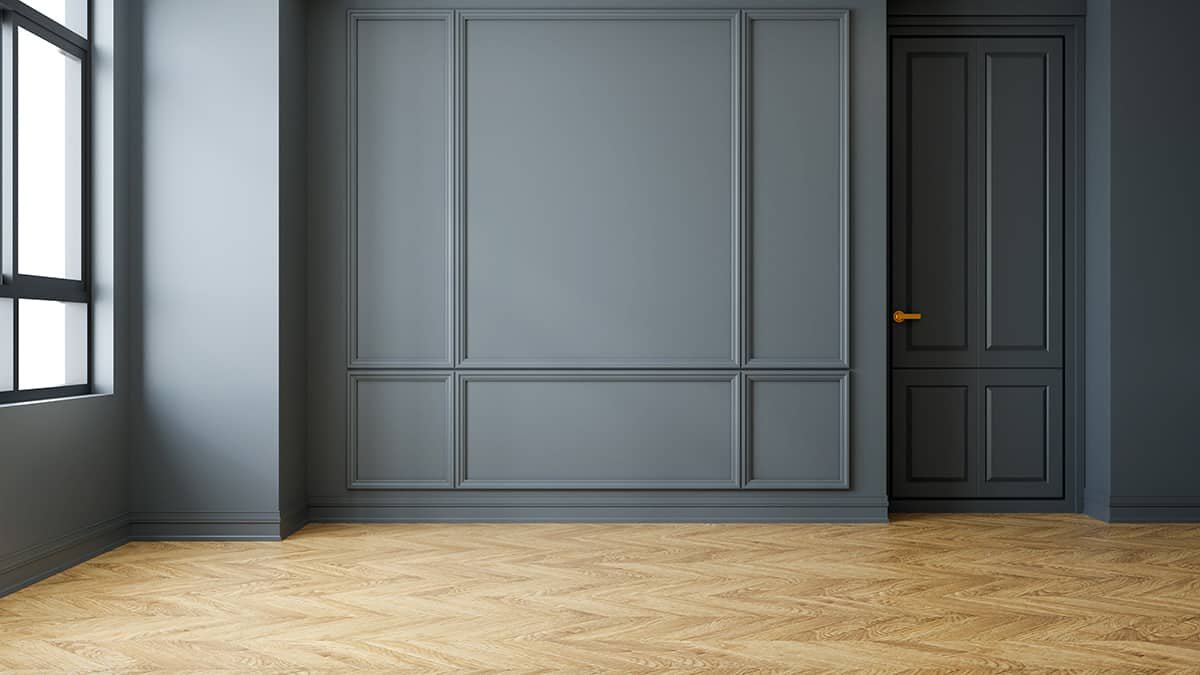
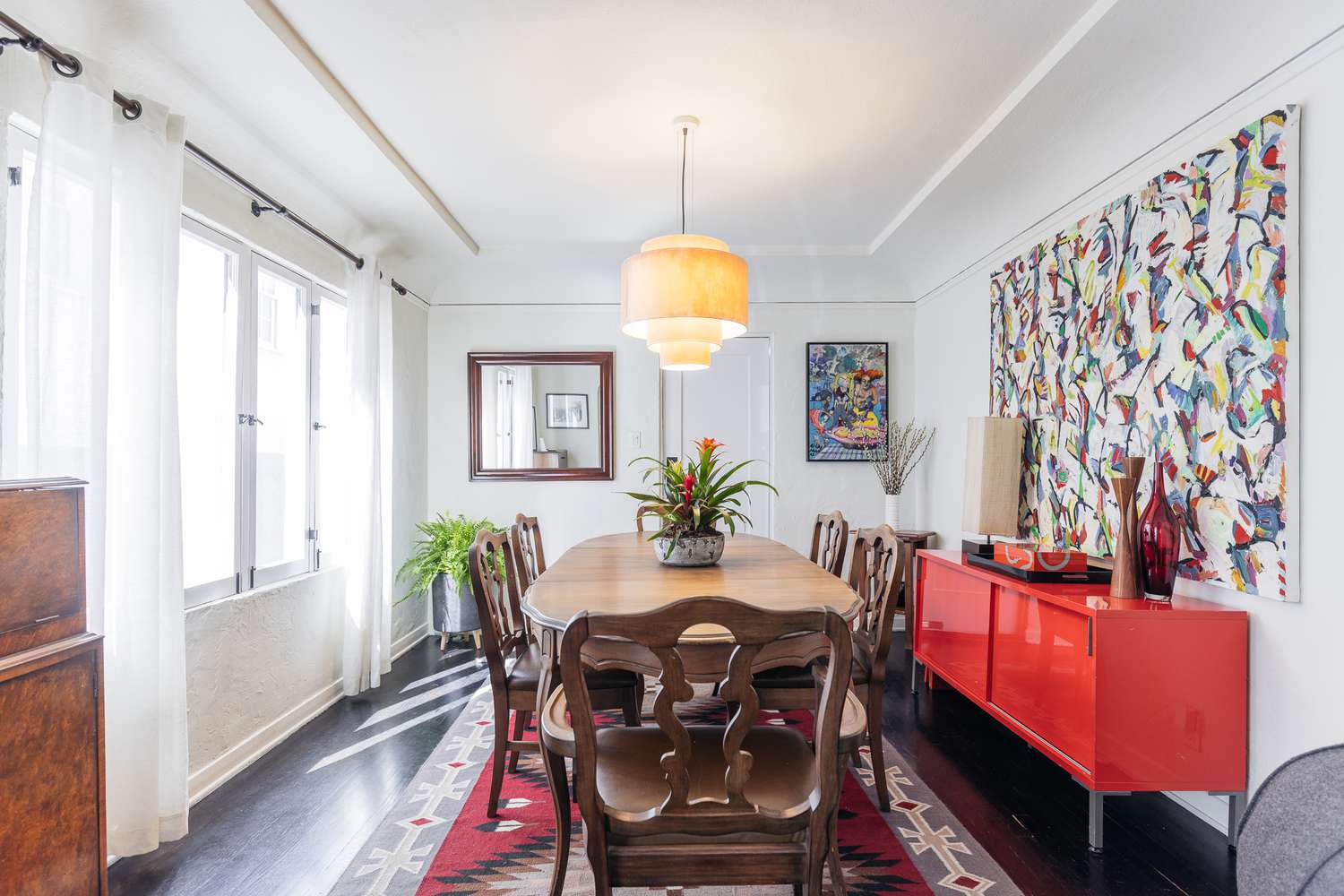
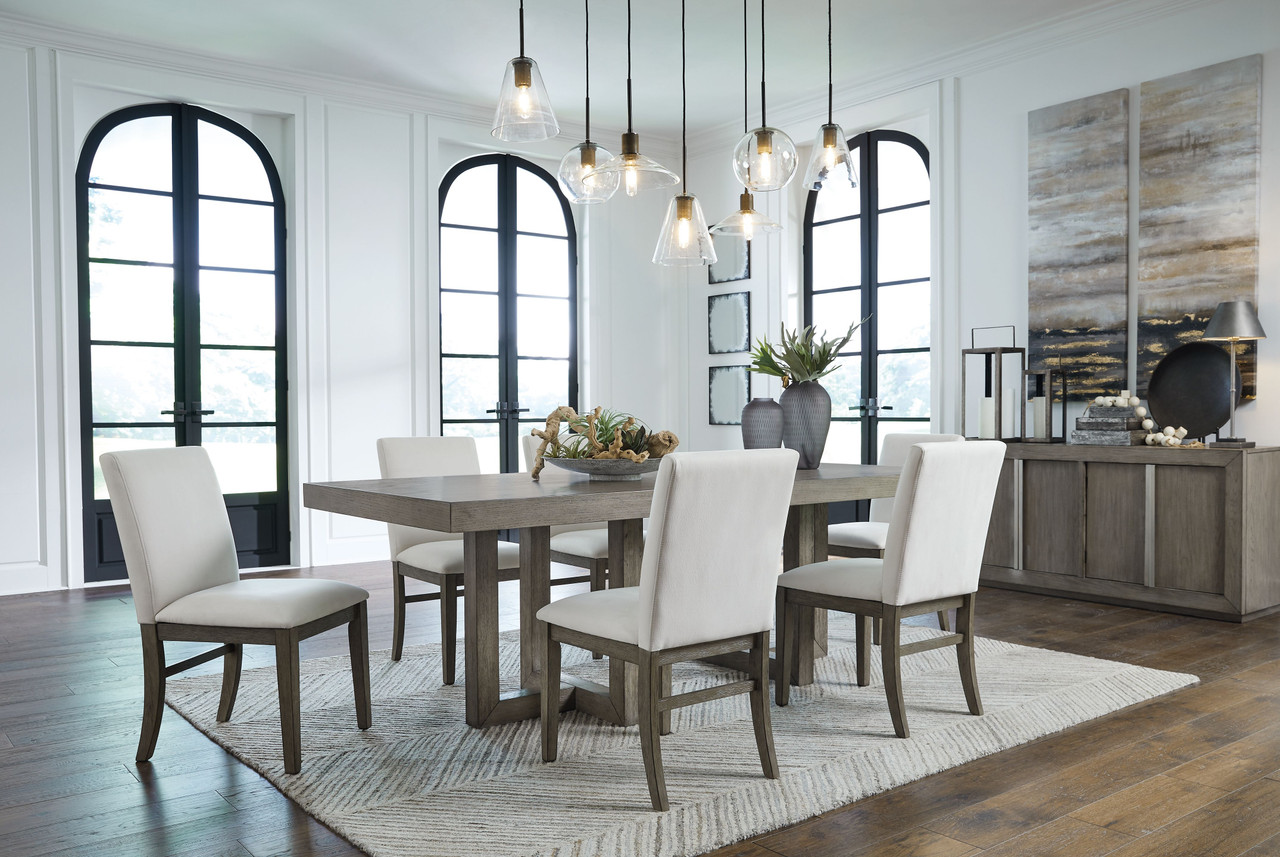

0 thoughts on “What Dining Room Table Color Goes With Oak Floors”